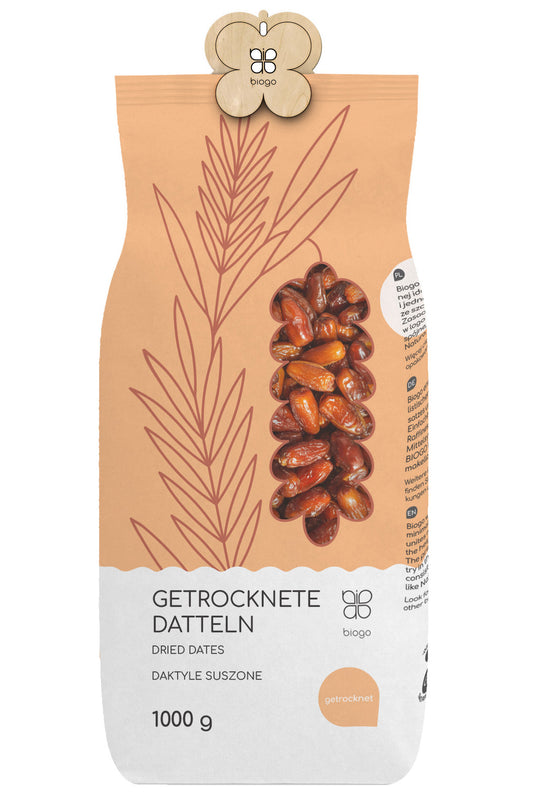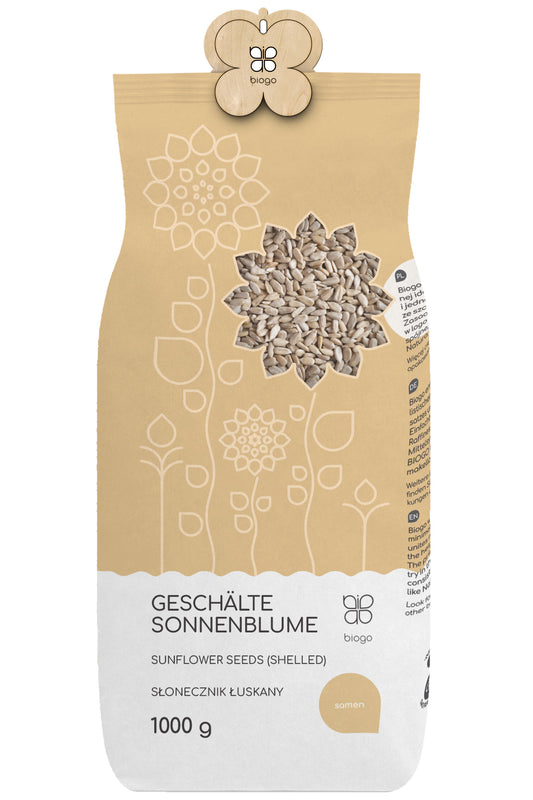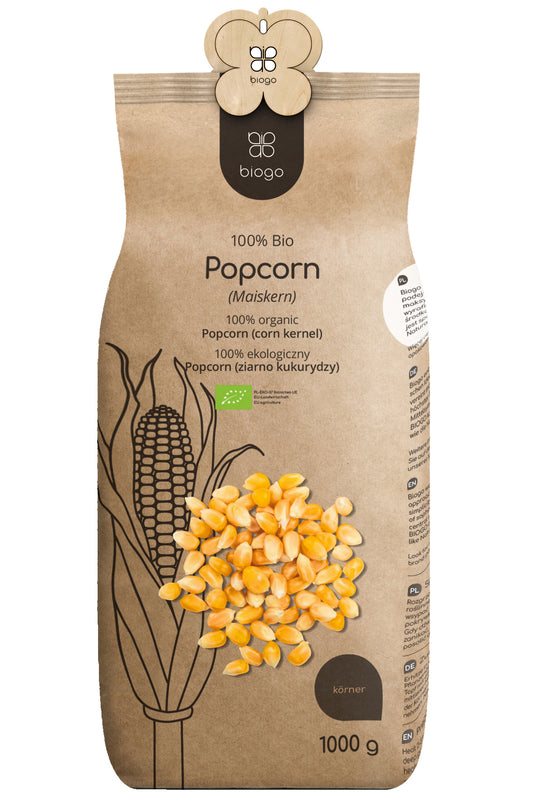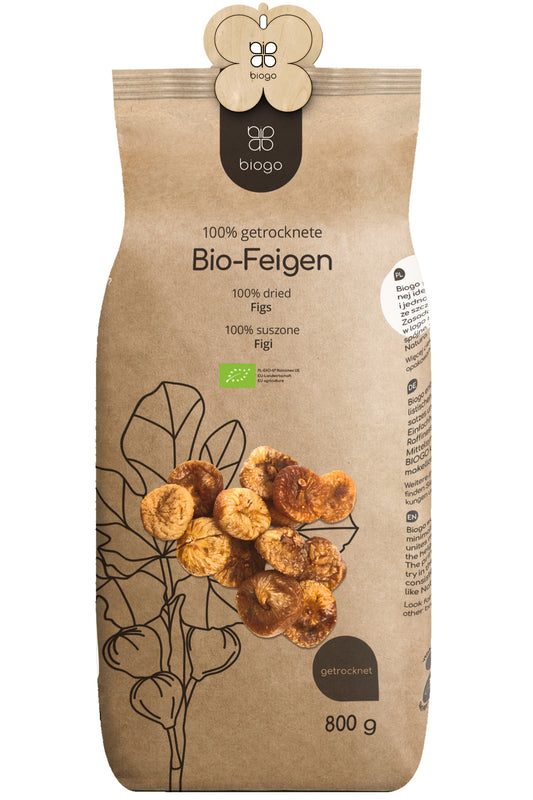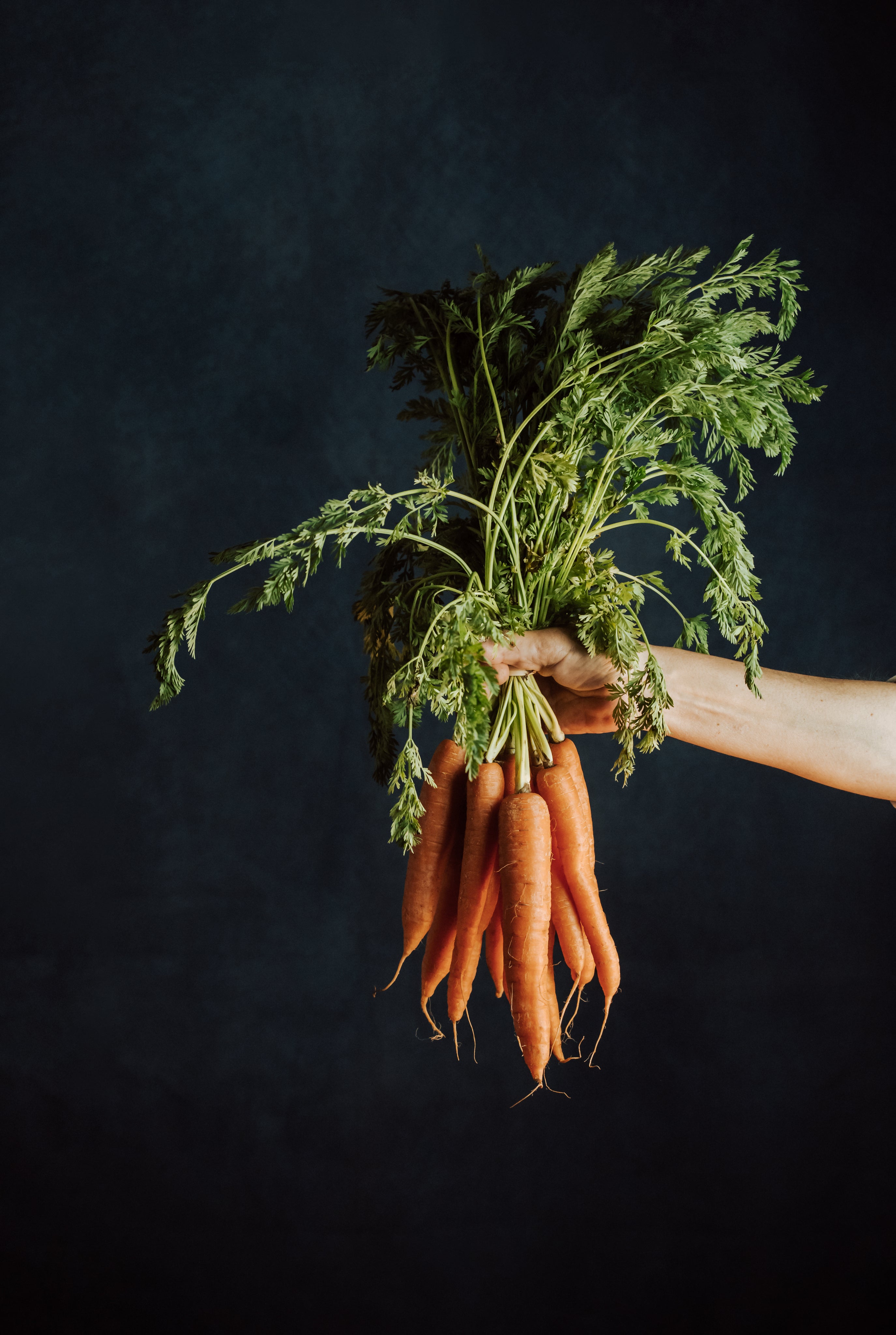- Reduce plastic and disposable items
- Can plastic be reused many times?
- Reduce plastic and food
- Reduce plastic and clothing
- Reduce plastic and make a conscious choice
- Sources
Plastic has recently become a companion to humanity. Invented in the second half of the 19th century, it quickly gained popularity as a universal and, above all, inexpensive material. Was it foreseeable back then that these properties would make plastic one of the greatest threats to nature and thus also to humanity? Rather doubtful. But we, who live in the 21st century, possess this knowledge, and it is up to us what we do with it. We can't simply stop the production of plastic, but we can reduce it. So how can we reduce plastic in our everyday lives? Here are some tips.
Reduce plastic and disposable items
The number of people and companies aware of the environmental situation and taking measures to eliminate plastic waste is steadily increasing. There are increasingly interesting solutions on the market in the form of reusable alternatives to familiar products. Traditional cling film can be replaced with wax wraps , or you can invest in decent food containers, but the most environmentally friendly solution for leaving food safely in the fridge for a few hours is to cover one plate with another. It's clever and free! If you use straws, get metal ones and bring your own cutlery instead of asking for disposable ones. The same applies to takeaway coffee. A good insulated mug is a one-time expense, and thanks to it, far fewer plastic lids end up in the trash. The set now includes a drinking bottle with or without a filter. The market also offers a wide selection of reusable hygiene products. Diapers, for example, are becoming increasingly popular, and the best for the environment are those made from natural materials such as bamboo, wool, or hemp fiber. Polish companies also offer organic cotton sanitary pads and liners, menstrual cups, and metal razors. Toothbrushes, although not disposable, are replaced several times a year, so it's worth considering recycled plastic ones, preferablybamboo . The same goes for cotton swabs . Also, remember to always carry your own shopping bag and possibly bags for fruit and vegetables, which you can make yourself or buy for a small fee.
Can plastic be reused many times?
Completely eliminating plastic from everyday life seems extremely difficult, often even impossible, so if we buy something in plastic packaging anyway, maybe... reuse it? It all depends on what type of material we have. Every plastic item should have a triangular marking consisting of clockwise arrows and a number from 1 to 7 in the middle. This number indicates the type of plastic and whether it qualifies as safe for reuse, which is especially important for food storage. Plastic number 1, the common PET used in water bottles, for example, should not be reused, nor should any other plastic types except numbers 2 (HDPE), 5 (PP), and possibly 4 (LDPE), although these are already less safe than the previous two.
Reduce plastic and food
Not all of us enjoy cooking, and not everyone can afford to spend long hours in the kitchen. Nevertheless, it's worth considering the benefits of preparing your own meals and snacks. Every dish ordered from a restaurant or specialty food service provider needs to be packaged in something, and while there are companies that offer biodegradable containers, they're usually covered with a layer of plastic or secured with foil. Cooking is a great way to care for the planet and your health. When you cook, you control what ends up on your plate. Making your own snacks is also a great option to avoid creating waste in the form of chips, chocolate bars, or candy wrappers. Sweet treats, especially sweet, are double- or even triple-wrapped in plastic.
Reduce plastic and clothing
Plastic isn't just used to package single-use items and chocolate bars. It's also used to make synthetic fabrics that release microplastics into the water with every wash, which then end up in the ocean. Therefore, when buying clothes, pay attention to the material they're made of and avoid polyester, polyamide (nylon), acrylic, and faux leather (also known as eco-leather, which has little to do with ecology). However, you probably already have such items in your closet, and these include not just T-shirts and pants, but also underwear (especially lace), tights, and shoes. To reduce your climate impact, try to put them in the washing machine as little as possible and, for example, wash individual stains more often by hand. When shopping, choose linen, hemp fibers, and other natural materials, preferably from local producers or secondhand. Secondhand clothes are often of much better quality than those from fast-fashion brands.
Reduce plastic and make a conscious choice
The best thing you can do for the environment is to educate yourself and others about the climate crisis. With every purchase, ask yourself whether the company whose product you're putting in your shopping cart is aware of this. Does it try to use as little plastic as possible in its packaging? Can a particular product release microplastics into the water? Is it made from recycled materials or can it at least be recycled? What solutions does the brand I want to support offer? Some companies make bags from old seatbelts or clothing from fishing nets, demonstrating that the problem of pollution can be tackled creatively. Therefore…
Shop consciously. Consider every single piece of plastic before you line up at the checkout. Manufacturers often shift the responsibility onto consumers, but we, the shoppers, are the ones shaping the market. By changing our daily habits, we can influence much more than just the situation in our own backyard.
Sources:
verpackung.com.pl/
swiatoze.pl/7-twarzy-plastiku-know-what-with-what-you-to-do/
verpackung.com.pl/
www.green-projects.pl/skad-sie-biera-mikroplastik-problemem-dla-srodowiska/
THE PUBLISHER'S CHOICE
Dried dates 1 kg BIOGO
- €4,21
€4,95- €4,21
- Unit price
- / per
Almonds 1 kg BIOGO
- €11,69
€13,75- €11,69
- Unit price
- / per
Peeled sunflower seeds 1 kg BIOGO
- €3,04
€3,57- €3,04
- Unit price
- / per
Dried organic mango 400 g BIOGO
- €10,99
- €10,99
- Unit price
- / per
Dried White Mulberries 500 g ORGANIC
- €5,84
€6,87- €5,84
- Unit price
- / per
Popcorn (corn kernels) organic 1 kg BIOGO
- €5,84
- €5,84
- Unit price
- / per
Organic Ground Turmeric 500 g BIOGO
- €5,92
- €5,92
- Unit price
- / per
Milk thistle seeds 1 kg BIOGO
- €3,99
- €3,99
- Unit price
- / per
Dried organic figs 800 g BIOGO
- €30,12
- €30,12
- Unit price
- / per
Bag #changezbiogo Cotton v.2
- €3,27
- €3,27
- Unit price
- / per



















































































































